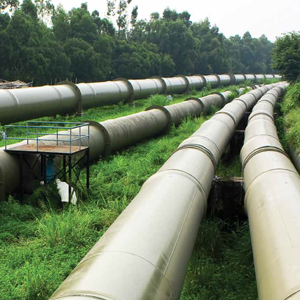 Madelaine Drohan
Madelaine Drohan
Canada correspondent for
The Economist
She contributes regularly to its sister company, the Economist Intelligence Unit.
There was much to like in the April 8th 2014 speech by former prime minister Brian Mulroney in which he laid out a path to prosperity for Canada based on making the most of our natural resources. Adopting sensible environmental policies, looking beyond the United States for export markets and creating better partnerships with the provinces and First Nations are all sound ideas. But in listing the major players whose agreement is required for his plan to become reality, Mr Mulroney left out the most important: the people of Canada, ultimate owners of natural resources.
Governments, business and the First Nations view resource development through the prism of their specific needs and wants. Governments want a sound economy, but also the resource revenues to fund their spending plans and the political popularity to win re-election. Business wants profits. First Nations want a say on whether development will take place in their traditional territories and a fair share of the benefits.
The average Canadian may share some or even all of these objectives as a citizen, a shareholder, or a firm believer in the rights of First Nations. But individual Canadians require something more than a plan to get resources to market as efficiently and sustainably as possible. As owners, they need to know that the money made from selling an irreplaceable asset – which is what non-renewable resources are – will be treated as a financial asset to be saved and invested rather than as income to be spent. The lack of such assurance is the big hole in Mr Mulroney’s plan.




